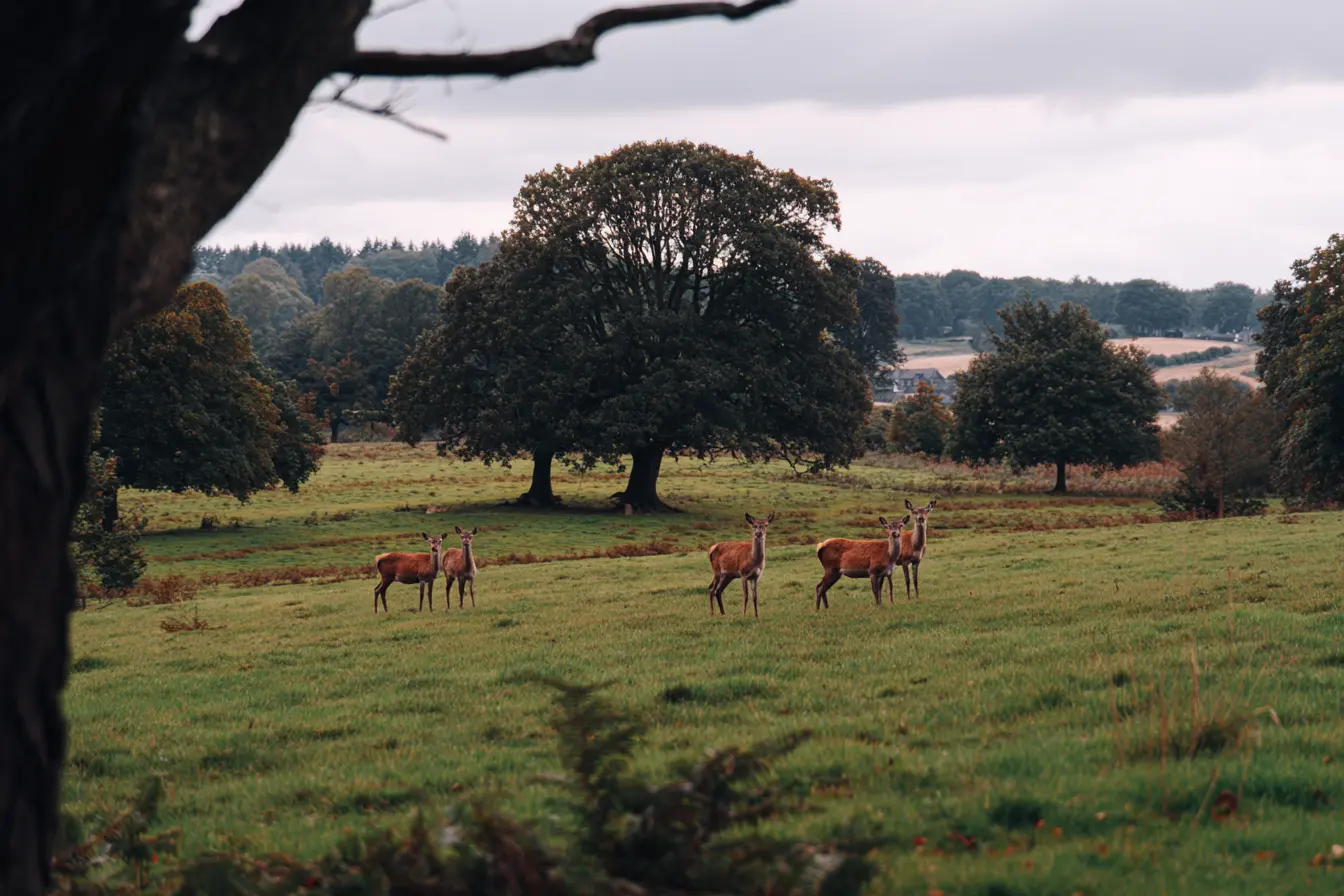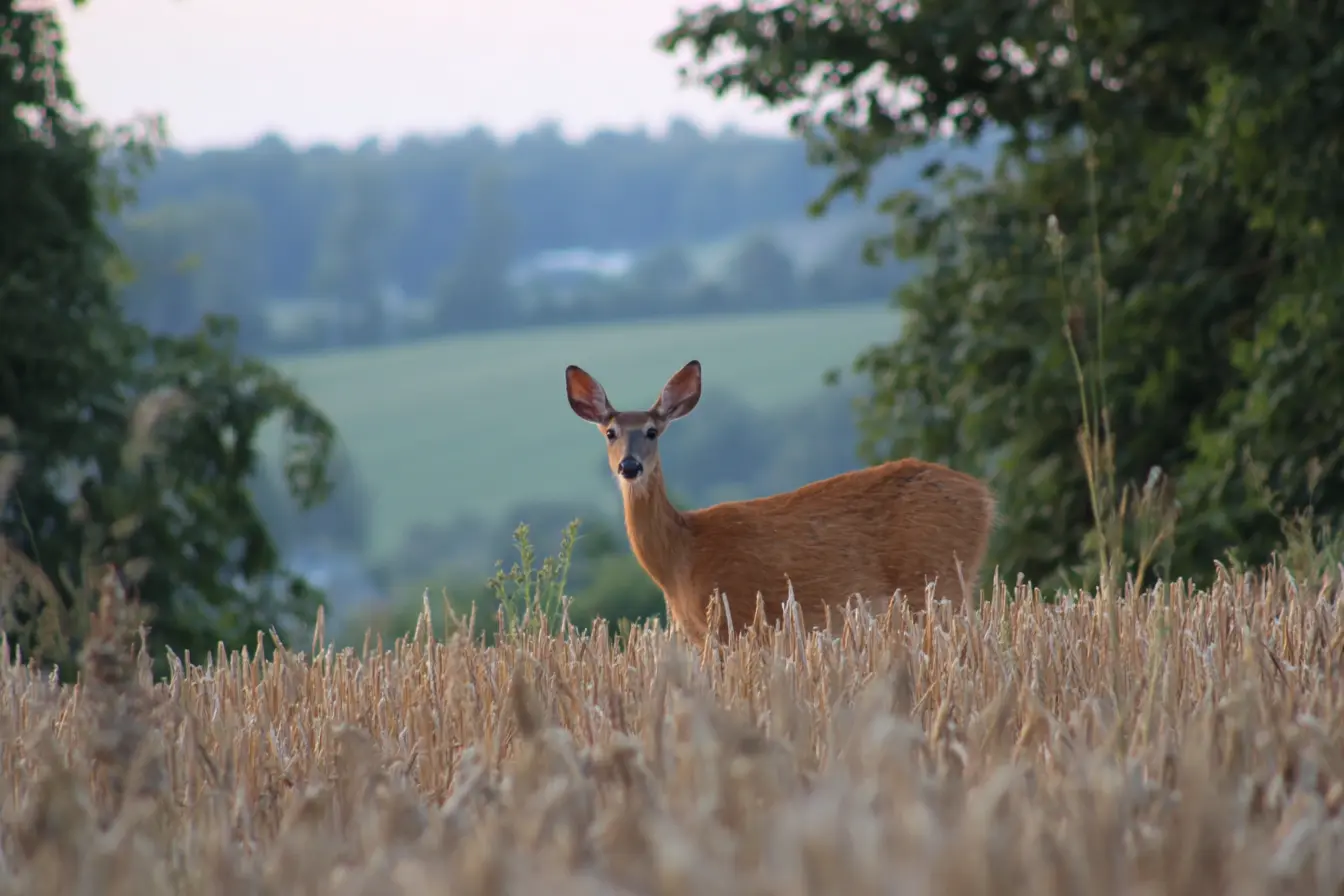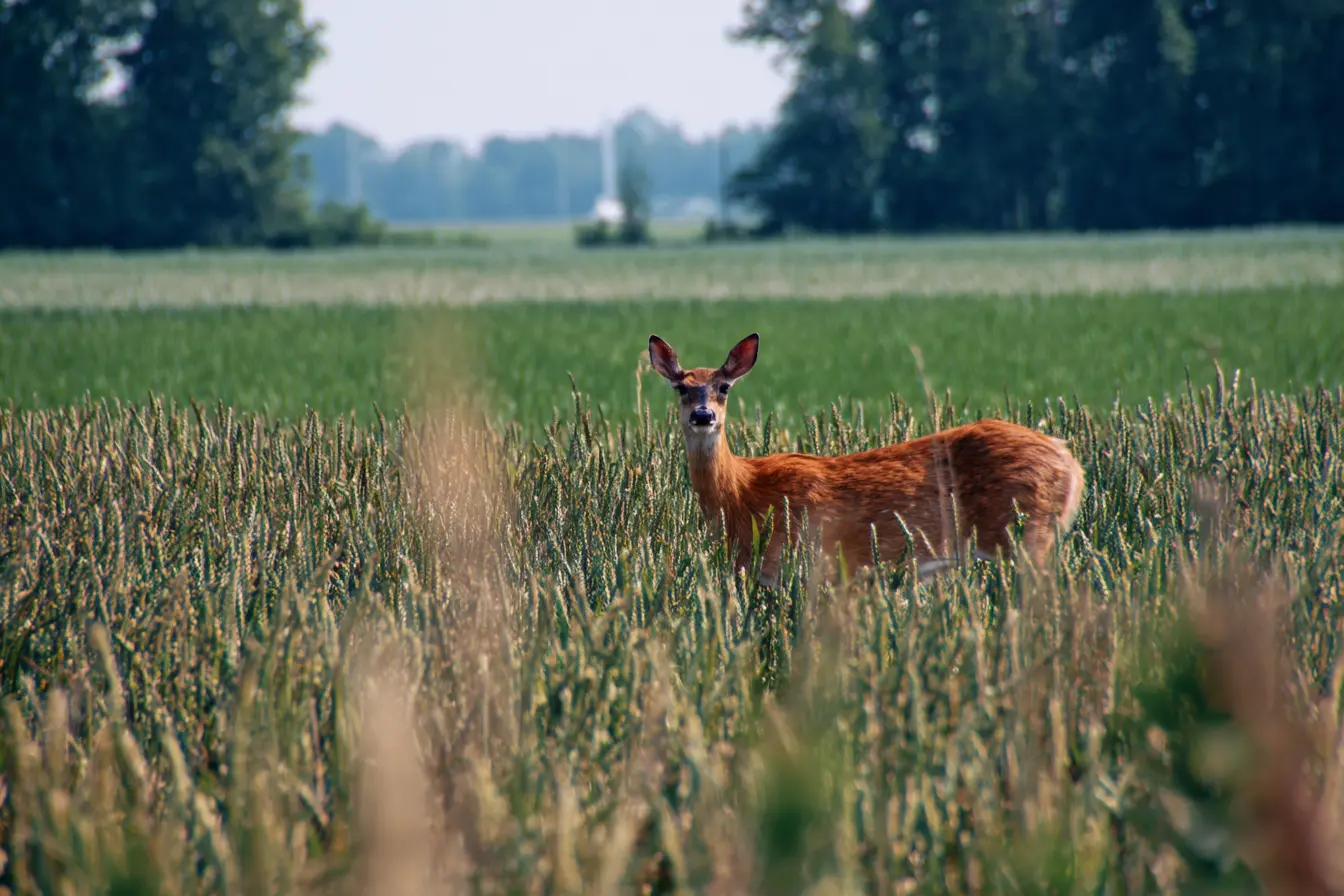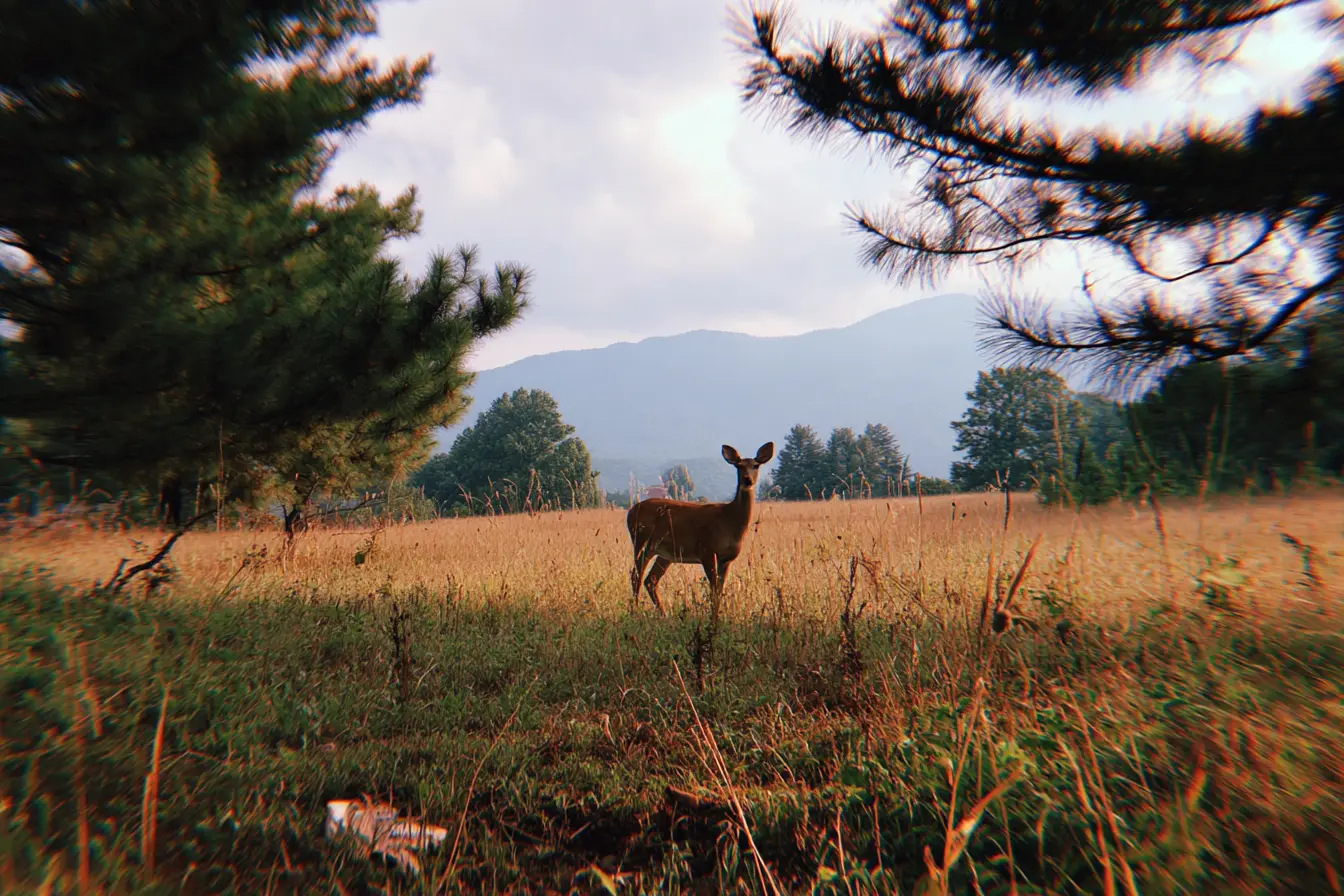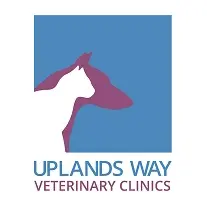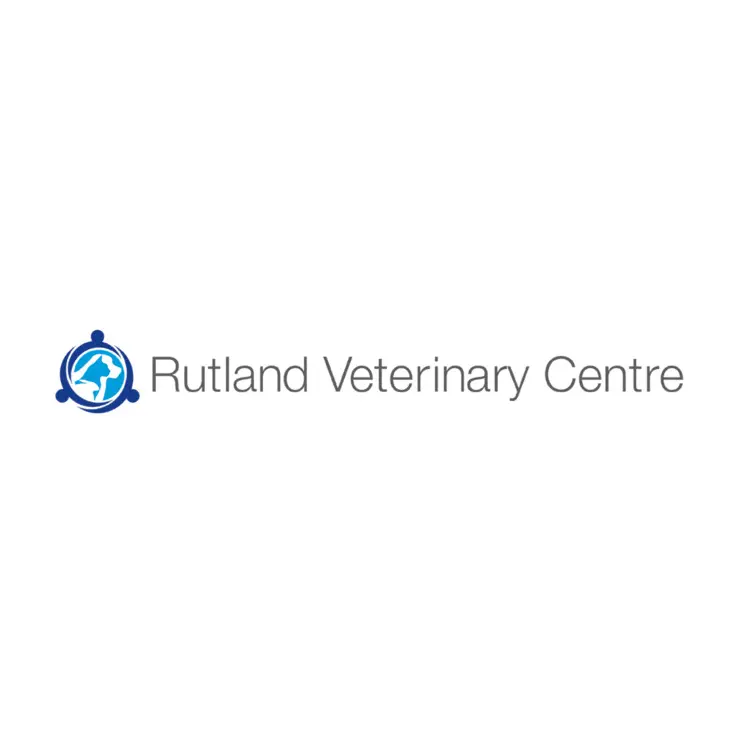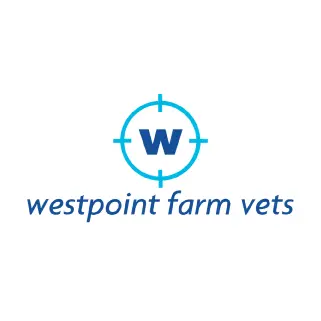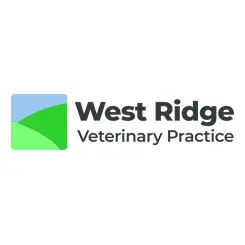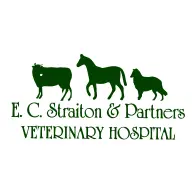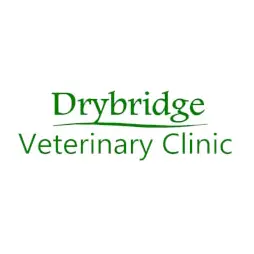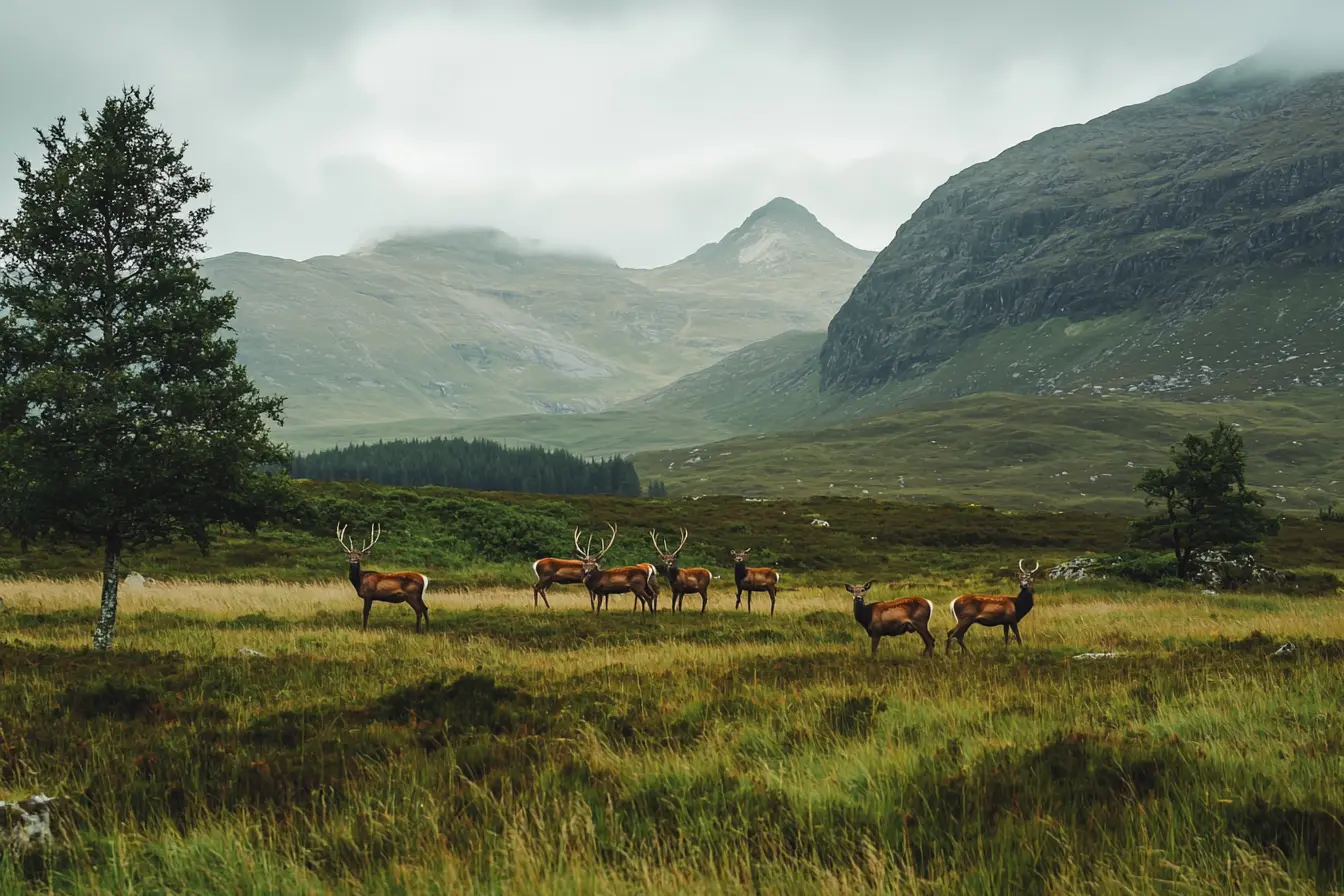
A Complete Guide to the Deer (Scotland) Act 1996 for Deer Keepers
The Deer (Scotland) Act 1996 is the primary legislation governing the management, welfare, and conservation of deer in Scotland. It establishes the legal framework for deer management, sets out close seasons, and regulates hunting practices. If you are a deer keeper, landowner, or involved in deer management in Scotland, it is essential to understand your responsibilities under this Act.
This guide provides an overview of the Deer (Scotland) Act 1996, including its key provisions, penalties, and best practices for compliance.
What is the Deer (Scotland) Act 1996?
The Deer (Scotland) Act 1996 was introduced to regulate deer management and conservation while balancing the needs of landowners, farmers, and the wider environment. It aims to:
- Ensure humane and sustainable deer management
- Prevent poaching and illegal hunting
- Protect agricultural land, woodlands, and natural habitats from deer damage
- Encourage responsible deer control practices
The Act applies to all species of wild deer in Scotland, including:
- Red deer (Cervus elaphus)
- Roe deer (Capreolus capreolus)
- Fallow deer (Dama dama)
- Sika deer (Cervus nippon)
Muntjac deer and Chinese water deer are not yet widespread in Scotland but would fall under this legislation if present.
Key Provisions of the Deer (Scotland) Act 1996
Close Seasons
The Act establishes close seasons to protect deer during breeding and rearing periods. It is illegal to kill or take deer during these periods unless an exemption applies.
Close seasons for Scotland:
- Red deer
- Stags: 21 October – 30 June
- Hinds: 16 February – 20 October
- Roe deer
- Bucks: 21 October – 31 March
- Does: 1 April – 20 October
- Fallow deer
- Bucks: 1 May – 31 July
- Does: 1 April – 20 October
- Sika deer
- Stags: 21 October – 30 June
- Hinds: 16 February – 20 October
Deer may only be culled during the close season if authorised under a specific licence.
Firearms and Hunting Methods
The Act strictly regulates the types of firearms and ammunition that can be used for deer control to ensure humane culling.
Minimum firearm requirements for deer hunting in Scotland:
-
Roe deer
- Minimum calibre: .222 inches
- Minimum bullet weight: 50 grains
- Minimum muzzle energy: 1,000 ft-lbs
-
Red, sika, and fallow deer
- Minimum calibre: .240 inches
- Minimum bullet weight: 100 grains
- Minimum muzzle energy: 1,750 ft-lbs
It is illegal to:
- Use shotguns, air rifles, or pistols to kill deer
- Hunt deer at night (between one hour after sunset and one hour before sunrise)
- Use traps, snares, or poison to capture or kill deer
- Drive deer with vehicles for the purpose of hunting
Unlawful Killing and Poaching
It is an offence to:
- Kill, take, or injure deer without the landowner’s consent
- Kill deer during the close season without a valid licence
- Use prohibited hunting methods
- Trespass to hunt deer
- Sell, trade, or possess venison from unlawfully killed deer
Deer Management and Control Orders
Scottish Natural Heritage (SNH), now part of NatureScot, has the authority to issue Control Orders if deer populations pose a threat to public safety, agriculture, forestry, or conservation areas. These orders allow for the removal of deer under strict conditions.
Landowners are encouraged to participate in Deer Management Groups (DMGs) to ensure sustainable deer management practices.
Exemptions
The Act allows for exemptions in certain cases, including:
- Prevention of serious damage to crops, trees, or livestock
- Conservation and habitat protection
- Scientific research or educational purposes
- Public safety concerns
To cull deer under these exemptions, the appropriate licence must be obtained from NatureScot.
Penalties for Breaking the Deer (Scotland) Act 1996
Violating the Deer (Scotland) Act 1996 can lead to severe penalties, including:
- Fines of up to £5,000 per offence
- Imprisonment for up to three months
- Confiscation of firearms and hunting equipment
- Disqualification from holding a firearm or shotgun licence
Those convicted of deer-related offences may also face restrictions on land use and hunting activities.
Responsibilities of Deer Keepers
To comply with the Deer (Scotland) Act 1996, deer keepers should:
- Follow close season regulations and only cull deer during legal hunting periods
- Use firearms that meet the minimum legal requirements for humane deer control
- Obtain necessary permissions before hunting on private land
- Keep accurate records of deer management activities
- Work with local Deer Management Groups to ensure responsible population control
- Report illegal deer poaching or suspicious activity to the authorities
Conclusion
The Deer (Scotland) Act 1996 is vital for protecting Scotland’s deer populations while ensuring responsible and sustainable deer management. Deer keepers, landowners, and hunters must adhere to the regulations set out in the Act to avoid legal consequences and contribute to ethical wildlife conservation.
For further information, visit:
Related Vets
Vets near you
Speciality vets
- Aquatics vet specialists
- Birds vet specialists
- Camelids vet specialists
- Cats vet specialists
- Cattle vet specialists
- Deer vet specialists
- Dogs vet specialists
- Equines vet specialists
- Exotic vet specialists
- Goats vet specialists
- Pigs vet specialists
- Poultry vet specialists
- Sheep vet specialists
- Small Mammals vet specialists
- Wild vet specialists
